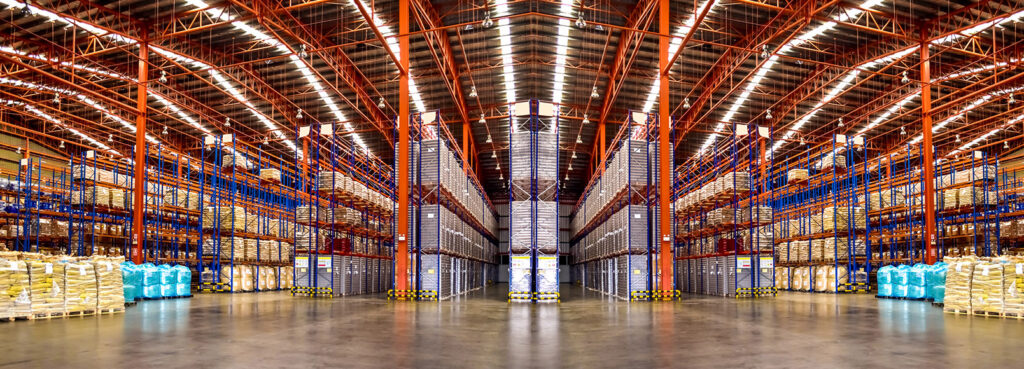Buyout firms hold record levels of dry powder, signaling private equity’s continued involvement in global M&A. It is estimated there is $1.3 trillion of capital available for platform investments and add-on acquisitions. Despite conversations surrounding a macro slowdown, and rising borrowing costs, this undeployed capital should keep M&A multiples at or near their record highs, particularly for strong performing businesses.
It is more important than ever to pursue the correct marketing process for a sell-side transaction. Whether this entails a broader auction to drive increased competitive tension, or a more targeted “fire-side chat” approach to review valuation expectations in a process, tailoring the right process is crucial in achieving shareholder objectives.
Volatility across markets has prompted questions during M&A processes about sustainable financial performance. Corroborating go-forward earnings and preemptively crafting this story can help drive incremental shareholder value.
Q2 2022 – Accelerated Pace Beyond 2021
US and Global Industrial Distribution M&A volume maintained similar strength in Q2 2022 compared to Q2 2021. Globally, M&A activity slightly exceeded its record-breaking year in 2021, posting 214 closed transactions. The US tracked similarly, recording 88 transactions, nearly matching its 2021 results. Strong M&A activity in the midst of global challenges was led by positive factors such as strong consumer demand and ample capital for M&A transactions. That being said, forward quarter-over-quarter growth is unlikely to remain at the peak levels seen throughout 2021.
Housing starts and permits promptly reacted to the rise in mortgage rates, as home builders begin to express hesitation driven by lightened demand from the US homeowner. The industrial production index, which measures real industrial output, continues to expand, outlining the need for US companies to continue to meet robust consumer demand. While industrial production remains strong, the ISM New Orders Index fell to 49.2 from 53.8 at the end of Q1 2022, signaling the first contractionary indicator for ISM since June 2020. This drop in new orders is not terribly surprising and provides perspective into how businesses are viewing the current, inflationary environment and handling supply chain challenges. An inventory build-up, due to supply chain concerns, is naturally followed by a modest slow-down.
Read Industrial Distributor M&A Pulse Q2 2022 Full Report



